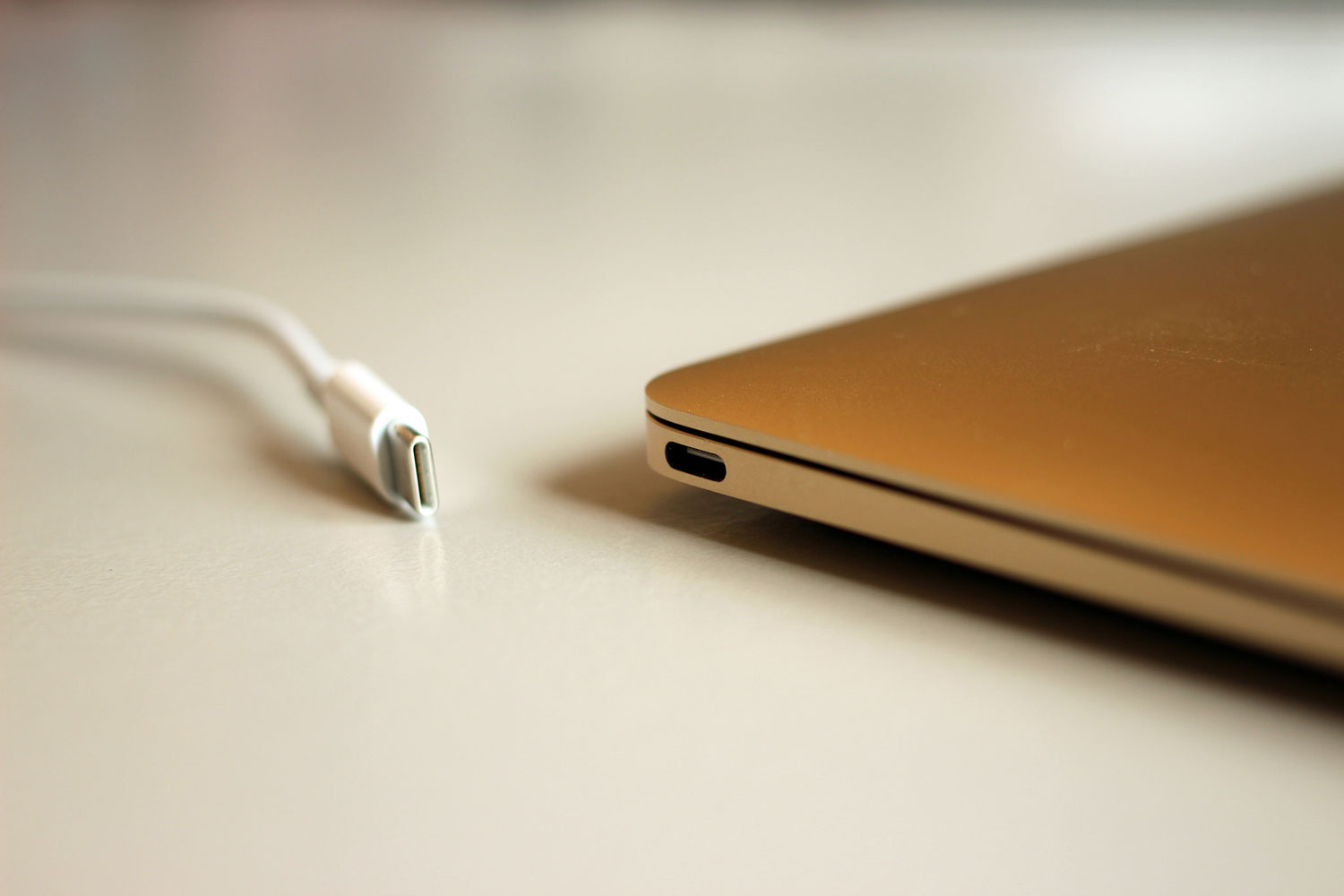
When the transition to USB-C began, we were all promised a better life. Connections would be faster and simpler. One connection to end all connections. The reality of what happened couldn’t be further from that dream.
USB-C is a mess. The way manufacturers implement and communicate its features is confusing — and downright misleading at times. This wasn’t how it was supposed to be.
USB-C was meant to be a standard
In its most basic form, USB-C is a new kind of physical connection. It’s smaller than the rectangular USB-A connection that’s existed since USB was first implemented on PCs, and that makes it better for very thin notebooks and tablets. It’s also reversible, meaning that you don’t need to worry about plugging it in the “wrong” way. Finally, it’s also a standardized port, and it essentially replaces all of the variations you’ll find with the older USB technology.
On top of all that, USB-C is also a new specification that provides additional features and functionality. Because it’s all very complex, we’re not going to delve into the details of USB-C here. Suffice it to say, though, that USB-C can provide three basic capabilities: data, power delivery, and display support.
So far, so good, right? Well, yes — but that’s also where things get frustrating.
In terms of data, USB-C fully supports all of the usual USB specifications up to USB 3.2. That includes USB 3.1, which is also the latest specification for the older USB-A port. USB 3.1 has two levels, Gen 1 that supports up to 5 gigabits per second (Gbps) and Gen 2 that supports up to 10Gbps. Confusingly, USB-A 3.0 was renamed as USB 3.1 Gen 1, and so you’ll see recent notebooks list USB-A 3.0, USB-A 3.1 Gen 1, and USB-C 3.1 Gen 1 — and all of them support the same 5Gbps data rate. And not all cables support all of those specs.
Confused yet?

USB has long supported power delivery, both outgoing to charge external devices and more recently incoming to charge a PC itself. The most recent Power Delivery Specification 2 supports up to 100 watts, which is enough to charge many (but not all) notebooks. USB-C can support this latest power delivery specification and it’s bi-directional, making it a great solution for hubs that can power both external devices and the notebook itself. When it works, it’s awesome.
Finally, USB-C can provide display support via its alternate modes, including HDMI and DisplayPort. Of these two, DisplayPort Alternate Mode is the most useful, with active cables and adapters supporting a number of display protocols including DVI-D, HDMI 2.0b, and DisplayPort 1.4. Note that USB-C does have some display limitations, for example, it can only support a single 4K display at a full 60Hz, and so you’ll want to make sure all of your desired monitors will be supported before deciding on your notebook. And HDCP 2.2, the latest copy protection standard that’s required to play Netflix and other premium content at 4K, is also supported on USB-C.
But here’s the real kicker: Not every USB-C port from every manufacturer supports all of these features. Asus, for example, only supports data on some of its newer notebooks with USB-C (not Thunderbolt 3) ports. And you won’t find that anywhere in the specifications. Microsoft supports data, power, and display on the Surface Book 2’s USB-C port, but it only supports the older HDCP 1.4 standard — that means no 4K Netflix. HP supports all of the data, power, and display capabilities of USB-C, with the exception that some of its consumer machines omit the ability to power the notebook itself.
Whew.
A note on Thunderbolt 3
To make things even more confusing and messy, there’s another connection type that uses the same USB-C physical connection but is not the same thing as “simple” USB-C. That’s Thunderbolt 3, a specification that provides PCIe and DisplayPort connections to external devices. Thunderbolt 3 is a much more powerful connection type, providing 40Gbps of bandwidth and support for niceties like two 4K displays at 60Hz and external GPU enclosures. But it looks identical to a standard USB-C port, outside of the tiny Thunderbolt symbol, which (sometimes) appears next to it.

If your chosen notebook has one or more Thunderbolt 3 ports, then that’s a very good thing. Not only is it more powerful, but once you know it’s a Thunderbolt 3 port then you’re pretty much guaranteed that it’s going to support all of the usual Thunderbolt 3 capabilities.
The only caveat is that some vendors implement Thunderbolt 3 ports with only two lanes of PCIe rather than the usual four lanes, and only up to 20Gbps of bandwidth. And so even with Thunderbolt 3, you’ll want to check with the manufacturer to make sure you’re getting the full capabilities.
USB-C is like a box of chocolates…
If all you want from your USB-C port is to connect to the usual USB devices by using a USB-C to USB-A dongle, then chances are you’ll be fine with the ports on any notebook on your list.
If you want power delivery and display support, however, then you’ll want to contact the manufacturer to make sure any USB-C ports will do what you want them to do. And be sure to use precision when asking your questions, because things like HDCP 2.2 support aren’t guaranteed — even when it might seem obvious that they should be. So much for our USB-C utopia.


